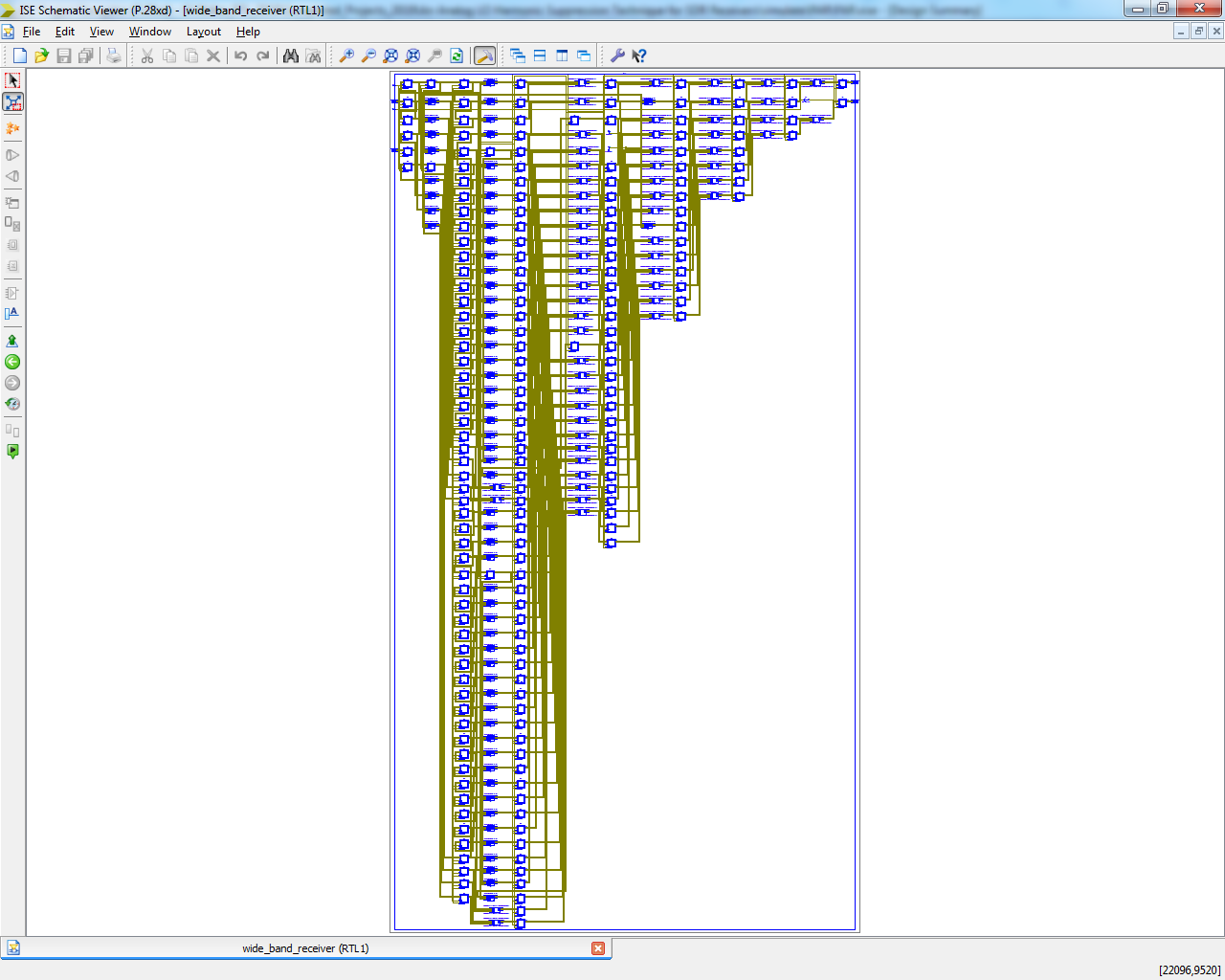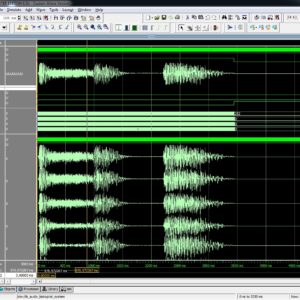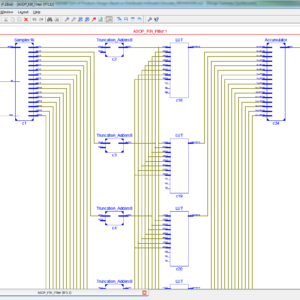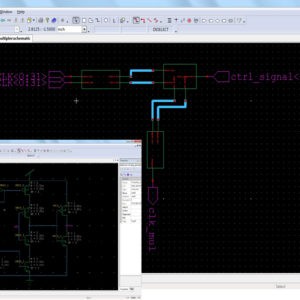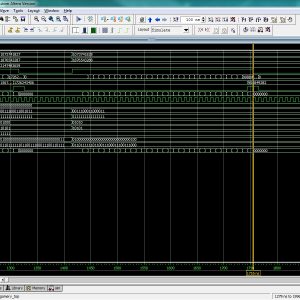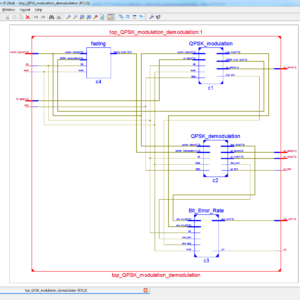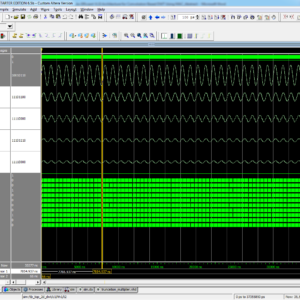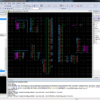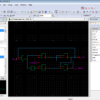Proposed Title :
Low complexity analog technique for attenuation of LO harmonic Suppression Technique for SDR Receivers
Improvement of this Project:
To develop a Low pass filter design using Truncation multiplier concept.
To implement this Filter design with a SDR in high-Q RF filtering resilient to out-of-band blockers for a low complexity analog technique for attenuation of LO harmonics.
Software implementation:
- Modelsim & Xilinx
Proposed System:
Software Defined radios (SDRs) are reconfigurable systems that are able to tune to any wireless standard with variable carrier frequency, modulation type, and bandwidth. This concept is inspired by the increased demand for integrated multi standard wireless transceivers. This paper proposes the SDR front end with high-Q RF filtering resilient to out-of-band blockers and low complexity analog technique for attenuation of LO harmonics. The transconductance can be modulated by the (LNTA) low-noise transconductance amplifier with a raised-cosine signal. Thus, the effective attenuation of the LO harmonics is achieved. Removing any RF pre filtering causes several problems includes wideband noise and large blockers that can directly leak into the receiver. Therefore, the proposed system presents the SDR receivers for low complexity analog technique for attenuation of LO harmonics. This achieves a better performance of SDR receivers. Finally, this technique is implemented in the VHDL and synthesized in the XILINX and shown the comparison in terms of area, power and delay comparison.
” Thanks for Visit this project Pages – Buy It Soon “
An Analog LO Harmonic Suppression Technique for SDR Receivers
“Buy VLSI Projects On On-Line”
Terms & Conditions:
- Customer are advice to watch the project video file output, before the payment to test the requirement, correction will be applicable.
- After payment, if any correction in the Project is accepted, but requirement changes is applicable with updated charges based upon the requirement.
- After payment the student having doubts, correction, software error, hardware errors, coding doubts are accepted.
- Online support will not be given more than 3 times.
- On first time explanations we can provide completely with video file support, other 2 we can provide doubt clarifications only.
- If any Issue on Software license / System Error we can support and rectify that within end of the day.
- Extra Charges For duplicate bill copy. Bill must be paid in full, No part payment will be accepted.
- After payment, to must send the payment receipt to our email id.
- Powered by NXFEE INNOVATION, Pondicherry.
Payment Method :
- Pay Add to Cart Method on this Page
- Deposit Cash/Cheque on our a/c.
- Pay Google Pay/Phone Pay : +91 9789443203
- Send Cheque through courier
- Visit our office directly
- Pay using Paypal : Click here to get NXFEE-PayPal link

